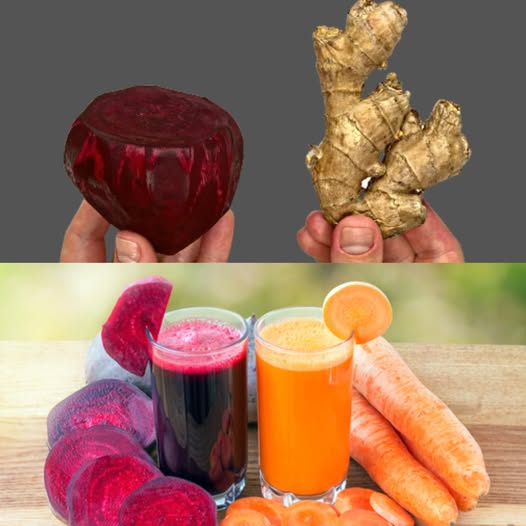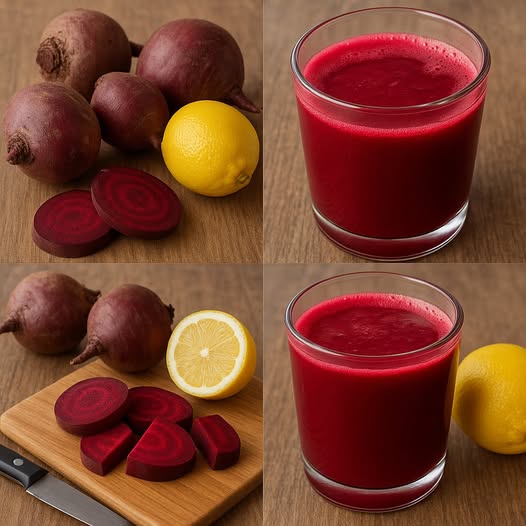
Limescale is a common problem in households, particularly in areas with hard water. It manifests as a hard, chalky deposit that can build up on faucets, showerheads, kettles, and inside pipes. Here’s why limescale keeps coming back and effective strategies to stop it.
Why Limescale Forms:
Limescale is primarily composed of calcium carbonate, which is left behind when hard water evaporates. Hard water contains higher concentrations of minerals like calcium and magnesium, which are the main contributors to limescale buildup.
Why It Keeps Coming Back:
- Constant Exposure to Hard Water: As long as there is hard water running through your appliances and pipes, limescale can form.
- Incomplete Removal: If limescale is not completely removed, the remaining deposits can quickly become the foundation for new buildup.
- High Water Temperature: Hotter water causes more rapid limescale formation, as it accelerates the evaporation process and mineral deposition.
How to Stop Limescale:
1. Soften Your Water:
- Install a Water Softener: This is the most effective method to reduce limescale buildup. Water softeners remove calcium and magnesium ions, preventing them from being deposited as limescale.
- Magnetic or Electronic Descalers: These devices clamp onto the outside of pipes and use magnetic or electrical fields to alter the electromagnetic properties of calcium carbonate so it won’t stick to surfaces.
2. Regular Cleaning and Maintenance:
- Use Vinegar or Lemon Juice: These natural acids are excellent for breaking down limescale. Apply vinegar or lemon juice to affected areas, let it sit for an hour, then scrub and rinse.
- Chemical Descalers: For more severe buildup, especially in appliances like kettles and coffee makers, use a commercial descaler following the manufacturer’s instructions.
3. Lower Water Temperatures:
- Reduce the Temperature Setting on Your Water Heater: Lower temperatures mean slower mineral deposit formation.
4. Use Limescale Inhibitors:
- Inhibit Scale in Appliances: Use limescale prevention tablets or solutions in dishwashers and washing machines to help minimize buildup.
- Filtered or Bottled Water for Small Appliances: Consider using filtered or bottled water for kettles and steam irons to avoid limescale.
5. Regularly Drain and Clean Water Heaters:
- Annual Maintenance: Flushing out your water heater once a year can prevent limescale from accumulating at the bottom and damaging the heater.
6. Physical Barriers:
- Fit a Limescale Filter: Installing a filter on your main water inlet can trap minerals before they enter your water system.
Conclusion:
While limescale can be a persistent issue, implementing a combination of water softening, regular maintenance, and proactive prevention can significantly reduce its recurrence. This approach not only extends the life of your appliances and plumbing but also improves their efficiency and performance.




